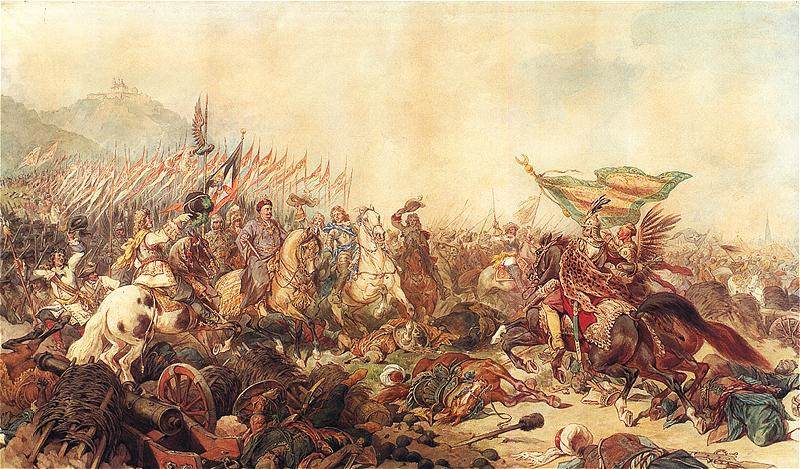The Ottoman Siege and the Bagel: Separating Fact from Fiction
Have you heard the story about how the bagel was invented during the Ottoman siege of Vienna? It’s a tale often told with a wink and a smile, a fun fact to share over brunch. However, as much as we might be charmed by the idea of a bread shaped like a Polish king’s stirrup, the truth is a bit more complicated.
The popular narrative claims that in 1683, a Viennese baker, wanting to honor King Jan Sobieski III of Poland for helping liberate Vienna from the Ottoman siege, crafted a ring-shaped bread resembling a stirrup (“beugel” in Austrian). While this makes for a delightful anecdote, there’s no historical evidence to support it. In fact, bagels are documented in Polish Jewish community records long before 1683.
A Bread with Roots in Poland
Instead of Vienna, the bagel’s story begins in the Jewish communities of 13th-century Poland. While the exact origins remain a bit hazy, we find mentions of these doughy rings in records dating back to the 1600s, predating the 1683 siege. One such example is a 1610 document from the Jewish Council of Krakow (Poland) that lists regulations for serving bagels at celebrations.
But even before these written records, a possible ancestor to the bagel already existed in Poland: the obwarzanek. This smaller, ring-shaped bread, boiled before baking, bears a striking resemblance to the bagels we know today. Interestingly, even Polish royalty had a taste for these chewy treats. Queen Jadwiga, who ruled in the late 1300s, was said to be particularly fond of obwarzanek, which likely contributed to their popularity.
Jewish Bakers and the Rise of the Bagel
During medieval times, many European laws forbade Jewish bakers from producing “holy” breads. Bagels, along with obwarzanek, provided a clever way around these restrictions. Poland, unlike many other European nations, had a history of greater tolerance towards Jewish communities. In 1264, Poland granted Jews the right to bake their own bread, which allowed for the development and flourishing of distinctive breads like the bagel.
Over time, Jewish communities, migrating across Europe and beyond, carried their beloved bagels with them. By the late 19th and early 20th centuries, bagels found a new home and immense popularity in North America, particularly in New York City.
The Enduring Power of a Good Story
So, why does the Vienna bagel myth persist? It’s a captivating story, linking a humble food to a pivotal historical event. As Maria Balinska writes in her book “The Bagel: The Surprising History of a Modest Bread,” bagels “began life as a bread of value and an object of respect.” This myth, perhaps unintentionally, reinforces that respect, weaving the bagel into a narrative of triumph and resilience.
While the Vienna connection might be more folklore than fact, it reminds us that food history is rarely straightforward. Culinary traditions are fluid, shaped by cultural exchange, adaptation, and, yes, sometimes a dash of myth-making. The next time you enjoy a bagel, remember its true journey – a testament to the creativity and resilience of the Jewish communities who nurtured it for centuries.
Want to explore other fascinating historical mysteries? Dive into the enigmatic Sinking of the Rainbow Warrior and its impact on international relations, or travel back to ancient times to unravel the perplexing Bronze Age collapse through captivating memes. And for a taste of fashion history, don’t miss our guide to 1920s outfits for guys!
- Unveiling Bernhard Caesar Einstein’s Scientific Achievements: A Legacy in Engineering - July 15, 2025
- Uncover who is Jerry McSorley: CEO, Family Man, Business Success Story - July 15, 2025
- Discover Bernhard Caesar Einstein’s Scientific Contributions: Unveiling a Legacy Beyond Einstein - July 15, 2025
















1 thought on “Vienna’s Bagel Myth Busted: The Real Story Behind the Bread”
Comments are closed.